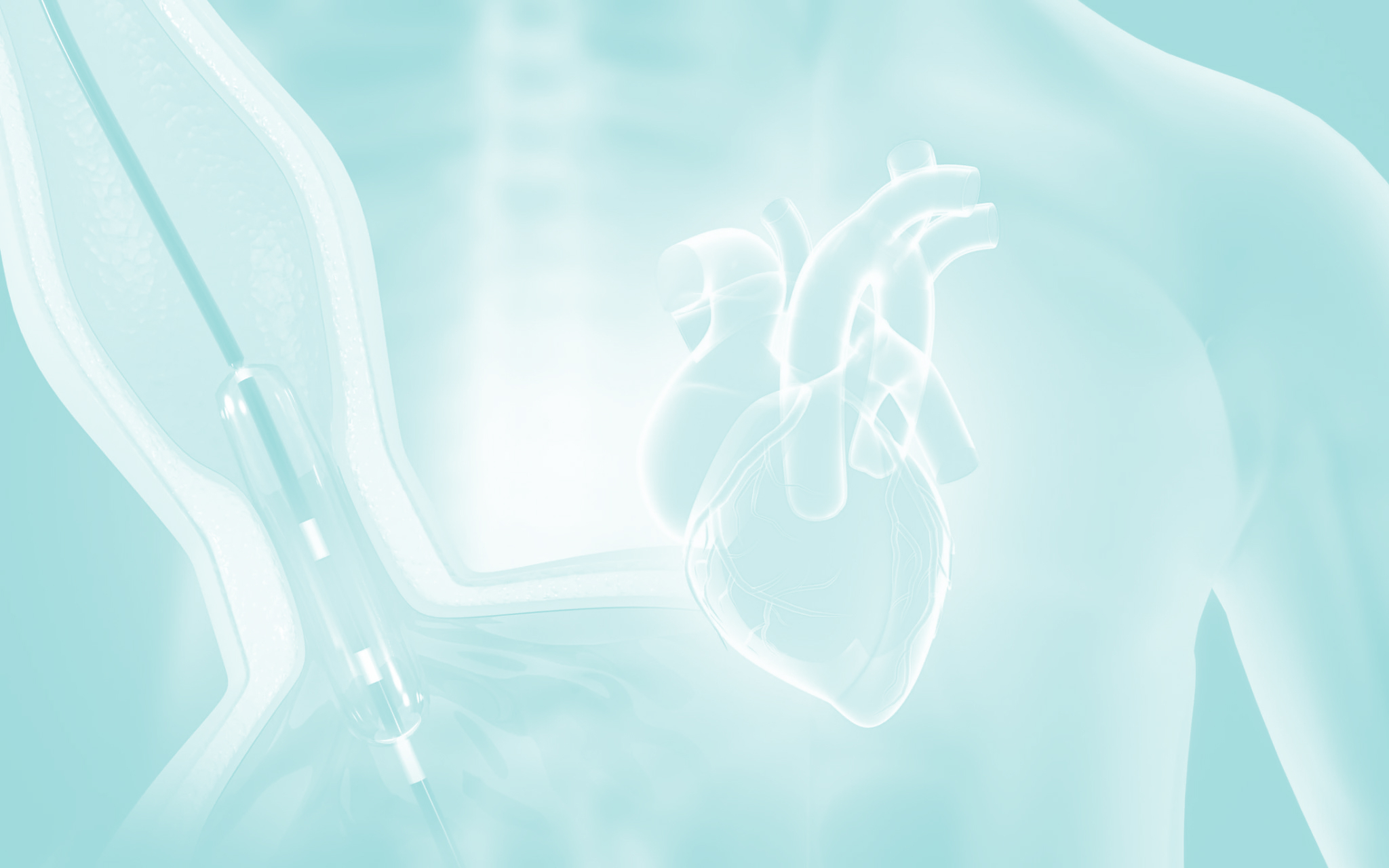In simple terms, a TOE is a special type of ultrasound that takes pictures of your heart from inside your body.
The reason you’ve been recommended for a TOE is that it provides high-quality images of the heart that will help your specialist to make a diagnosis.
An intravenous line (IV) will be placed into a vein in your arm. This is for the medical team to administer medication throughout your procedure. You will receive an injection of local anaesthetic before a catheter (a very fine tube) is placed into a vein in your groin or wrist. Sometimes a sedative will also be given to relax you.
The ‘camera’ used to take pictures of your heart will be in a very small ultrasound probe. The probe will be placed into your mouth and fed down to your oesophagus.
Do not eat a heavy meal, drink alcohol or smoke for six hours prior to your procedure.
Take your usual medication with a small sip of water, unless your doctor has advised otherwise. Bring a list of your medications to the hospital.
Follow any additional instructions given to you by your doctor and the hospital.
When you undergo a TOE, you won’t be able to eat or drink after the procedure once you are moved to the recovery room chairs. You also won’t be able to drive yourself home. Please arrange to have a support person (a relative or friend) collect you from hospital/clinic. You’ll also need someone to stay with you that night.
If you have any concerns about your anaesthetic, please discuss them with your doctor as soon as you can.
Any kind of procedure carries some element of risk, often very small and rare.
Your doctor has balanced the benefits and risks of carrying out the test against the benefits and risks of not proceeding. If your doctor has recommended this procedure, they believe there is benefit to you going ahead.
It’s important you understand the risks involved so you can make an informed decision.
Here are the most commonly reported risks and complications associated with a TOE.
Common risks and complications (more than 5% of cases)
- Sore throat for a day or two afterwards
Uncommon risks and complications (1-5% of cases)
- Damage to your teeth or jaw due to the presence of instruments in your mouth
- Tear in the oesophagus, which usually settles without treatment
Rare risks and complications (less than 1% of cases)
- Abnormal heartbeat that usually settles without treatment
- Breathing problems-you may need medication
- Oesophageal perforation-you may need surgery
- Death as a result of this procedure is extremely rare

